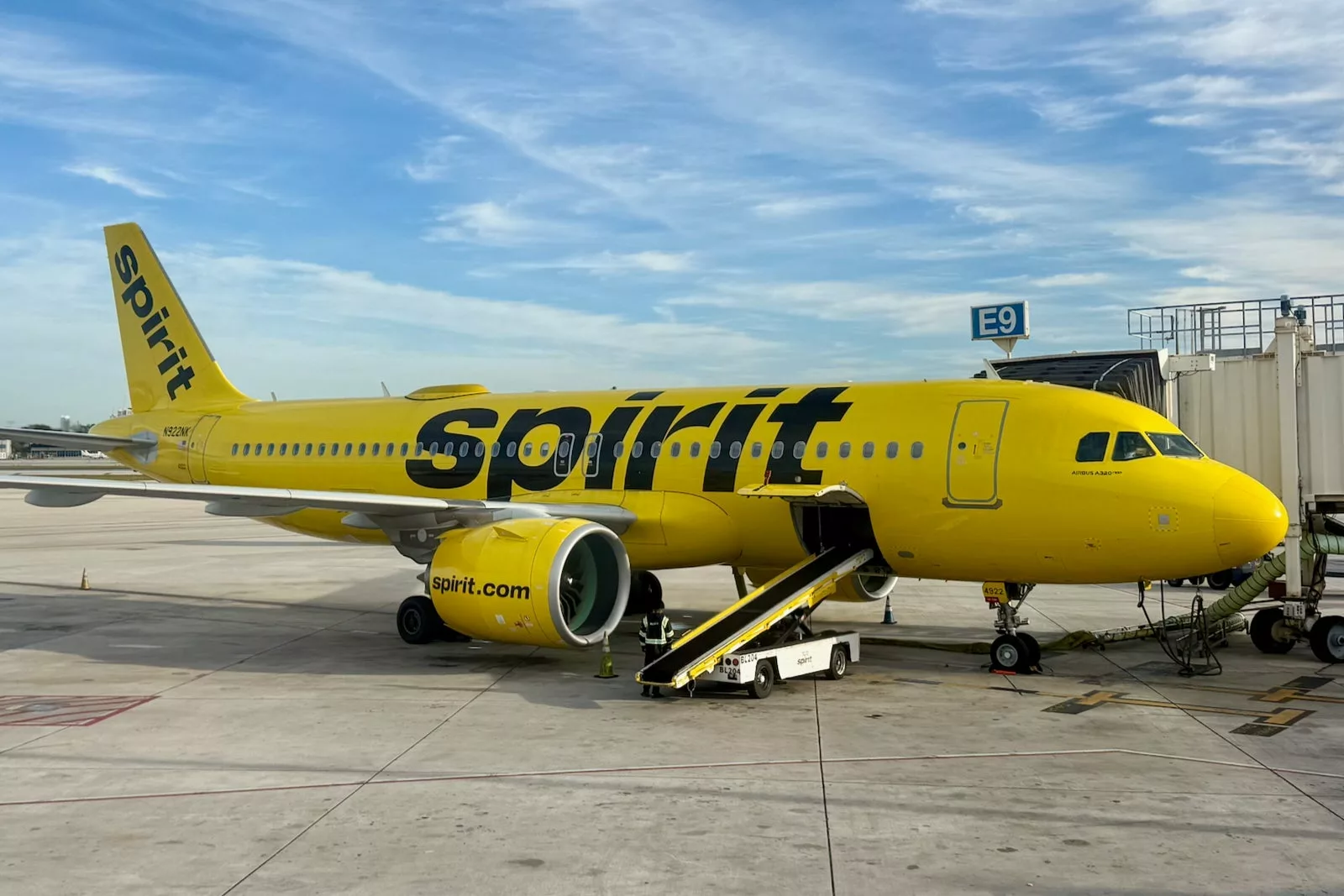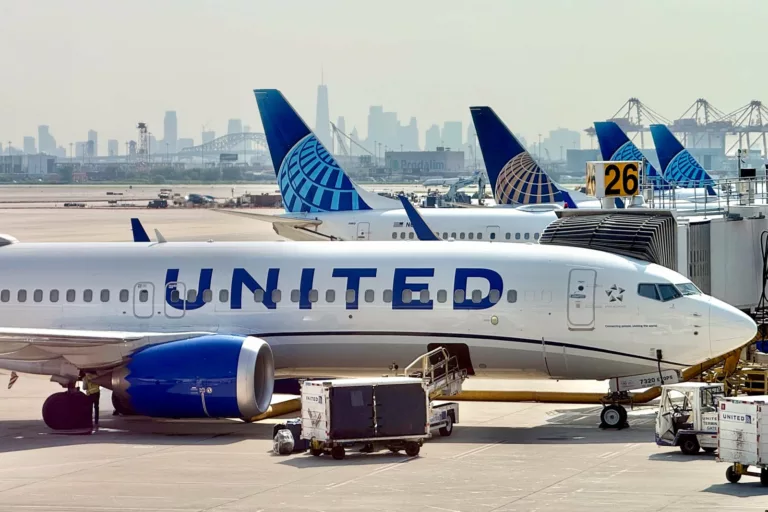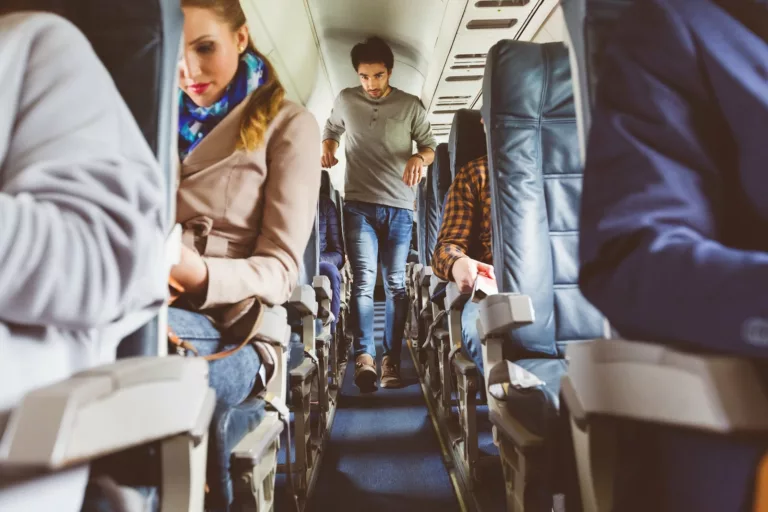Spirit Airlines to Cut Flights by 25 Amid Bankruptcy Restructuring
In a significant move amid ongoing financial struggles, Spirit Airlines announced plans to reduce its flight schedule by 25% in November. This decision comes as the airline navigates its second Chapter 11 bankruptcy restructuring in less than a year, aiming to make difficult but necessary adjustments.
Dave Davis, the CEO of Spirit, communicated these changes to staff in a memo that outlined the airline’s strategy for reducing available seat miles—a key industry metric for capacity—by a quarter compared to November of the previous year. Davis emphasized that these cuts would involve “significant adjustments” and would be part of broader cost-saving measures as the airline restructures its operations.
As part of its restructuring efforts, Spirit has already confirmed the discontinuation of flights to 11 destinations, primarily affecting its services in the Western U.S. Notable airports losing service include Portland International Airport (PDX) in Oregon and San Diego International Airport (SAN) in California. While the specifics of additional city cuts for November remain unconfirmed, current data from aviation analytics firm Cirium indicates that Spirit’s capacity is down only 14% year over year, suggesting that further reductions are likely required to meet the targeted 25% cut.
In light of these changes, Spirit’s leadership has indicated a strategic focus on core airports, including Detroit Metropolitan Wayne County Airport (DTW), Fort Lauderdale-Hollywood International Airport (FLL), and Orlando International Airport (MCO). This retrenchment aims to streamline operations and enhance efficiency during a challenging financial period.
Davis’s memo also addressed the potential impact on Spirit’s workforce, stating that cost-cutting measures would inevitably affect team sizes as the airline seeks to operate more efficiently. He noted, “These evaluations will inevitably affect the size of our teams as we become a more efficient airline. Unfortunately, these are the tough calls we must make to emerge stronger.”
Reports indicate that Spirit is pursuing approximately $100 million in annual savings from its pilots, as the airline seeks to negotiate changes with the Air Line Pilots Association (ALPA). The airline has already begun to furlough pilots, with 270 pilots affected and an additional 140 captains downgraded to first officers as of October 1 and November 1. Furthermore, 200 more pilots are expected to be furloughed in 2024.
The aviation industry is closely watching Spirit’s restructuring efforts, with some experts expressing skepticism about the airline’s ability to emerge successfully from bankruptcy. United Airlines CEO Scott Kirby recently voiced doubts regarding Spirit’s future during an event in Washington, D.C. In contrast, JetBlue Airways CEO Joanna Geraghty, while acknowledging the challenges faced by Spirit, remarked on the difficulty of witnessing another carrier struggle, especially given JetBlue’s competitive presence at FLL and MCO.
In 2022, JetBlue and Spirit attempted to merge, but the deal was blocked by the U.S. Department of Justice on competitive grounds. The proposed merger was officially terminated in March 2024, leaving both airlines to navigate their independent paths.
As Spirit Airlines embarks on this challenging journey of restructuring, travelers may wonder how these changes will affect their future flights. With a focus on core markets and significant reductions in capacity, passengers should stay informed about potential service changes and plan their travel accordingly.
For those considering travel with Spirit Airlines during this period, it’s essential to remain vigilant about updates regarding flight schedules and availability. The airline’s restructuring efforts may lead to shifts in routes and services, so travelers are encouraged to check directly with Spirit for the latest information.
In conclusion, while Spirit Airlines faces significant challenges as it restructures and cuts its flight schedule, the airline’s focus on efficiency and core markets may pave the way for a more sustainable future. Travelers should keep an eye on developments as the airline navigates this critical phase, ensuring they are prepared for any changes that may impact their travel plans.







